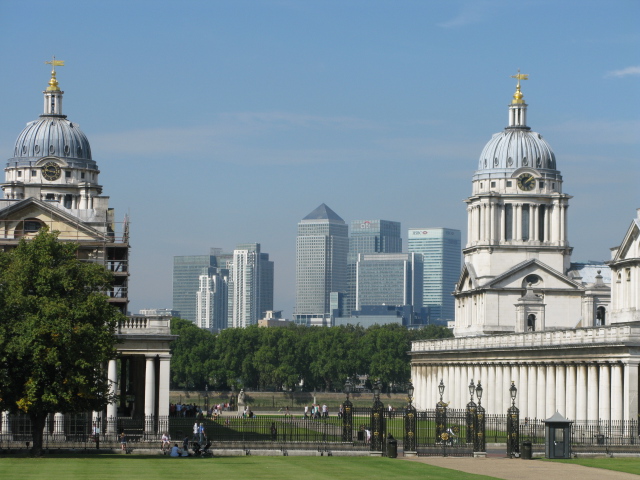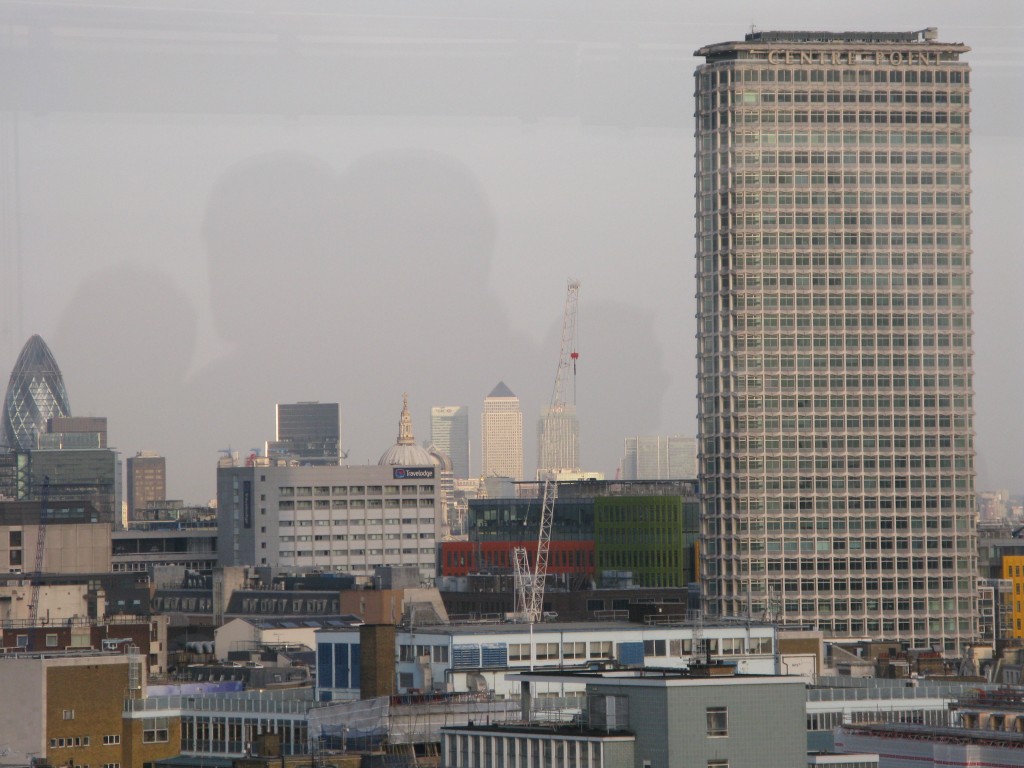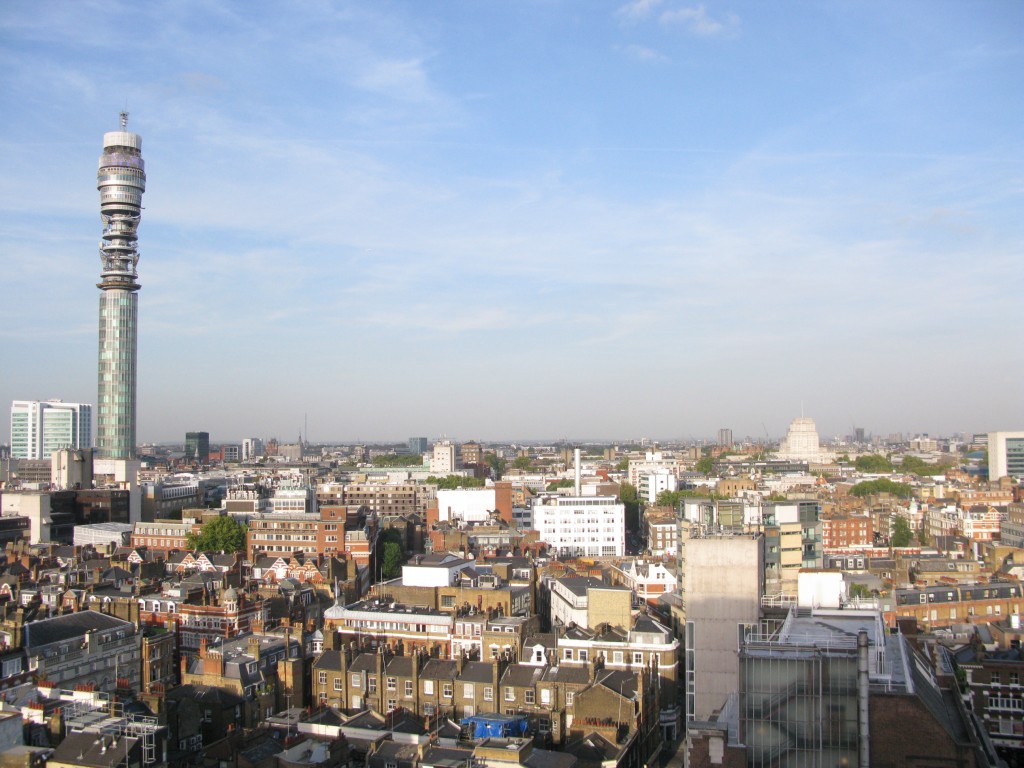Towers of London
*

*
By Paul Coleman
(June 2014)
The Shard.
Strata Tower.
‘Gherkin.’
‘Cheesegrater.’
‘Scalpel.’
‘Walkie Talkie.’
London has seen a surge in tall buildings since 2000 when ‘The Gherkin’ gained planning permission. The Shard opened in 2012. The Leadenhall Building (‘The Cheesegrater’) and 20 Fenchurch Street (‘Walkie Talkie’) are due to open in 2014.
London’s skyline might include up to 300 skyscrapers by 2024, according to some estimates.
By the summer of 2014, the majority of 230 new towers in London’s planning pipeline – buildings with over 20 storeys – are residential.
Does London need even more tall buildings?
*
In favour
Paul Finch, programme director of the World Architecture Festival admits: “This is a hot topic for Londoners.
We should be thinking about what is appropriate tallness for different parts of London. And, if we build an average of one new tall building in each London borough per year, that would give us 330 over ten years – and we’ve 200 in the pipeline already.”
Finch suggests every London borough – each bigger than most English provincial cities – remains perfectly capable of finding a suitable site for a tall building.
*
Tall purpose
Finch says tall buildings are a necessary part of London’s response as a “global trading city” to international markets. For instance, one of London’s latest tall buildings in Leadenhall, ‘The Cheesegrater’, (224m, 736ft high) provides a global home for insurance giant Aon.
Another insurance global player, WR Berkley, are moving to the 38-storey ‘Scalpel’ tower (190m, 620ft tall) at Lime Street in the City of London.
“That company operates from a mid-rise in Boston but they wanted a tower and London provided it,” says Finch. “As Prince Charles might say, ‘don’t spit on your luck’.”
*
Sprawl prevention
Finch also argues tall buildings will help London’s development “avoid an inevitable sprawl into its Green Belt”.
He contends unprecedented housing demand in London “requires us to use every arrow in our supply quiver and that includes tall buildings”.
Tall buildings are part of the solution to housing demand in tandem with low rise and medium density developments, says Finch.
*

*
Overseas investors
Finch berates people who claim too many towers are built for overseas investors who don’t live in London. “If we don’t build towers to meet that demand, then those investors will buy existing stock and make the housing shortage even worse,” says Finch.
London is a city undergoing radical demographic and ethnographic change – as well as physical change – and Finch says: “We worry about alien forms, intrusive interlopers and changed city character – but do we really want architectural policies that sound as if they’ve been drafted by UKIP.”*
Finch concludes: “We should embrace a wave of new construction that improves our urban landscape and uses some of the financial gain that towers generate for public purposes. Onward and upward.”
*

*
Against
Sir Simon Jenkins, journalist and National Trust chair, reputedly dislikes skyscrapers and wind turbines. The Strata Tower** at the Elephant and Castle (above) should therefore particularly annoy Jenkins.
“I shamelessly love London and its evolution,” begins Jenkins. “Nobody ever told us in the last fifteen years that we’d have more than 300 tall buildings in London. The Mayor of London’s policy on tall buildings is pure whim. And there’s no policy document on where tall buildings should go.”
Jenkins says towers now “pepper pot” London rather than rise in clusters in the City of London or at Canary Wharf. “The Walkie Talkie slid down the hill from the City,” says Jenkins. “There’ll be a canyon of towers along the Thames.”
*
Secret conversation
Jenkins says Londoners were kept in the dark about the recent very tall outcrop, including The Shard. “They happened after secret conversations between developers, architects and politicians,” argues Jenkins. “Each tower slides through without reference to any overall plan. This wouldn’t have happened in any other city.”
Jenkins disputes the need for more tall buildings. Eighty per cent of proposed towers are for luxury flats. “We need luxury flats in London like we need a plague,” says Jenkins.
*

*
High-density low rise
Tall buildings go up in London with foreign money for speculative investment. “None have any civic significance,” he adds. “Their offices are not popular. The Gherkin has gone bankrupt. As did Canary Wharf at one stage. The Shard is proving difficult to occupy.”
Jenkins says London desperately needs more high-density but low-rise housing. “But most of these high rise flats are sold off-plan to overseas investors. As a desperate gesture of a locality to the Mayor of London, the developers of the new tower blocks at Battersea pledged buyers would have to come to London to sign the lease!
“Tall buildings aren’t needed. They’re inefficient and highly expensive to maintain. Honest architects say they’re stuffed full of lifts and deteriorate quickly.
“Tall buildings are alien. They make London look like Dubai.
“In two hundred years time, people will look back at us and ask ‘why did they put up these strange and mostly unoccupied tall buildings?’”
*

*

*
*UKIP = United Kingdom Independence Party, a rising right-wing political force with an anti-immigration stance.
**The Strata Tower in Elephant and Castle, approved by the London Borough of Southwark and the Mayor of London, is home to 399 apartments in a 43-storey, 148m-high building, part of the Strata SE1 luxury residential development completed in summer 2010.
*
© Paul Coleman, London Intelligence 2014
